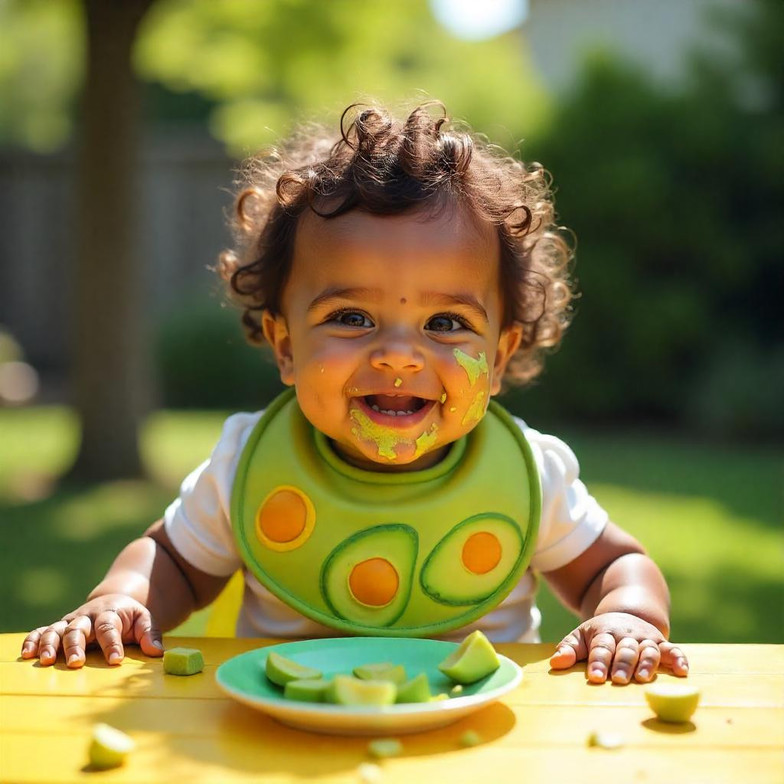
Starting Solids!
Starting solids is an exciting milestone for your baby — and you! Watching your little one explore new tastes, textures, and skills is one of the joys of early parenting. But it’s also a stage that can feel overwhelming, with lots of opinions about the “right” way to do it.
The good news? There is no single right way to transition to solids — just what works best for your baby and your family.
Baby-Led Weaning vs. Traditional Purees: What’s the Difference?
Two of the most common approaches to introducing solids are Baby-Led Weaning (BLW) and Traditional Purees.
-
Baby-Led Weaning (BLW): This method skips spoon-feeding and allows babies to self-feed soft, appropriately-sized pieces of food from the start — think avocado slices, steamed veggies, or banana.
-
Traditional Purees: This more classic approach starts with smooth purees, usually fed by a parent with a spoon, and gradually moves to thicker textures and finger foods.
Both methods can help babies learn to eat a variety of foods and develop healthy eating habits. Some families even choose a hybrid approach — offering purees sometimes and finger foods other times.
Why the Pace Matters
The transition to solids isn’t a race — and it’s not about getting to three meals a day overnight. Every baby develops at their own pace. Some dive right in, while others need more time to warm up to the idea of eating.
What matters most is creating a positive, pressure-free experience.
When babies feel pressured to eat (or to eat a certain amount or certain foods), it can lead to food aversions or anxiety around mealtimes. Research shows that babies who are encouraged to explore and enjoy food at their own pace are more likely to grow into children (and adults!) who eat a wide variety of foods and have a healthy relationship with eating.
Tips for a Positive Start
Watch for signs of readiness — such as sitting up without support, showing interest in food, and being able to bring objects to their mouth.
Offer a variety of safe, developmentally-appropriate textures.
Let your baby decide how much to eat — or whether to eat at all — at each meal.
Make mealtimes social, relaxed, and fun. Eat together as a family whenever possible.
Trust your baby’s cues.
The Goal: A Happy, Curious Eater
Above all, we want babies to enjoy the experience of eating — to explore different tastes, colors, smells, and textures, and to feel good about trying new things. That foundation starts when parents and caregivers keep mealtimes pressure-free.
Whether you choose baby-led weaning, purees, or
a mix of both, the most important ingredient is your support and patience. Your baby will get there — in their own time.
If you’d like guidance on helping your baby through the transition to solids, or have concerns about feeding skills or oral motor development, feel free to reach out!
Rosemarie Holliday, MS, OTR/L, ICST, NTMTC
Kern Infant Craniosacral Therapy
661-595-7016


